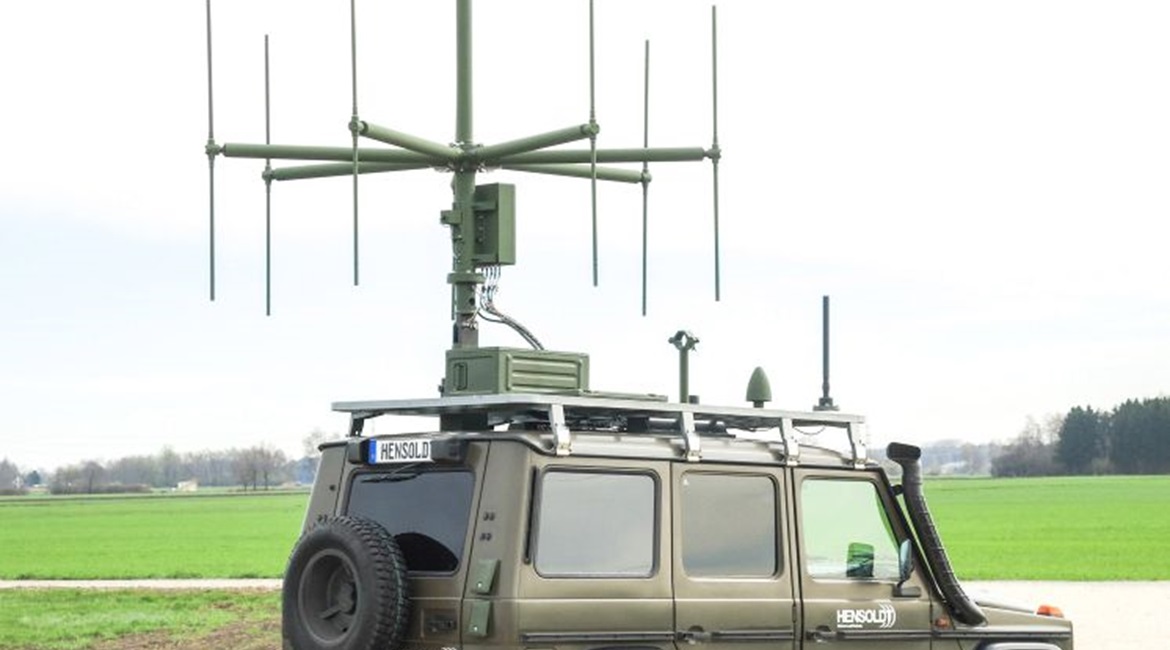
A radar detection performance measurement campaign was conducted by the NATO Science and Technology Organization (STO) under the leadership of the Polish armed forces in September 2019.

Hensoldt’s TwInvis was one of the passive radar systems that participated in a NATO Science and Technology Organization detection performance measurement campaign led by the Polish armed forces in September. (Hensoldt)
Lieutenant Colonel Francesco Santoro, executive officer of the Sensors and Electronics Technology (SET) Panel in the NATO STO Collaboration Support Office (CSO) in Neuilly-sur-Seine, France, told Jane’s on 30 October, “The principle aim of the activity was the verification of detection and the ability of mobile passive radar for different targets, including ground targets under canopy.”
He reported that there were more than 70 participants from seven NATO nations, plus Australia, Sweden, and Switzerland, and that “a considerable amount of data was collected from active and passive radars, using various ground, sea, and air platforms”.
The trials were conducted jointly by two NATO SET Panel research task groups (RTG). The SET-242 RTG tested passive radar on mobile platforms developed by the Warsaw University of Technology (WUT), Germany’s Fraunhofer FHR, and Australia’s Defence Science and Technology Group.
The SET-258 RTG tested the concept of deployable passive-active radar networks in military scenarios. Professor Piotr Samczynski of WUT said the trials demonstrated the fusion of active and passive radar detection in a military network for the first time. Participating in the trial were passive radar sensors developed by PIT-RADWAR, Hensoldt, Armasuisse, and WUT, active radar operated by the Polish Armed Forces General Command Headquarters, and a passive emitter tracker system from Turkey’s Scientific and Technological Research Council (TÜBİTAK).
Looking to read the full article?
Gain unlimited access to Janes news and more...




